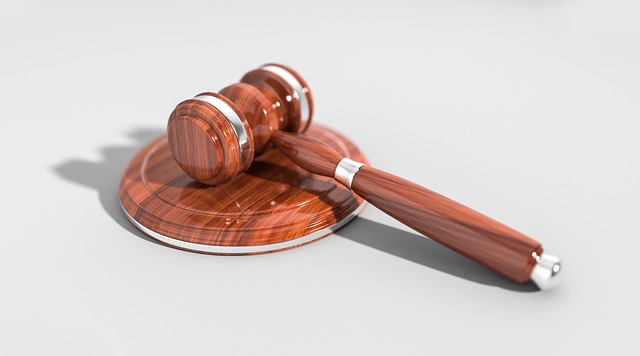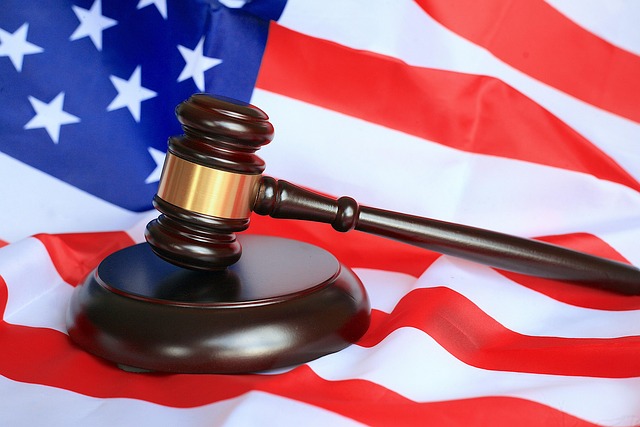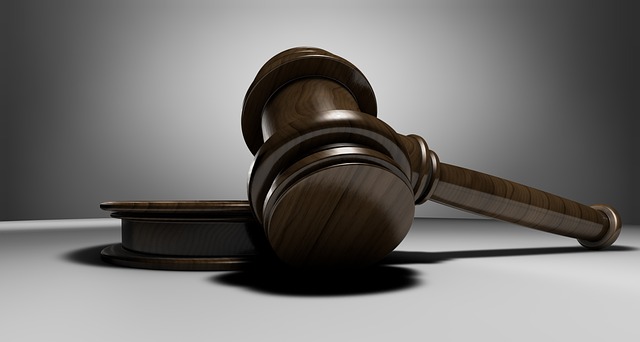Injury arbitration is a swift, binding process where an independent arbitrator decides disputes between injured parties and responsible entities, often over medical negligence. After a decision is reached, a legally binding award document outlines compensation for medical expenses, lost wages, pain & suffering, and other damages. Both sides have the right to review and, under certain circumstances, appeal the decision, guiding post-dispute actions towards financial resolution and recovery.
After an injury, navigating the legal system can be complex. An injury arbitration decision offers a route to resolution, but what happens next? This comprehensive guide explores the post-arbitration landscape for injured parties, breaking down key steps and options. We delve into understanding the arbitration award, enforcing the ruling, and investigating further compensation avenues. By grasping these elements, individuals can make informed decisions following an arbitration outcome, ensuring their rights and interests are protected in the pursuit of justice.
- Understanding the Arbitration Award
- – What is an injury arbitration decision?
- – Components of the award document
Understanding the Arbitration Award

After an injury arbitration decision is reached, both parties should carefully understand the terms of the award. The arbitration award is a legally binding document that outlines the resolution to the dispute. It includes decisions regarding compensation for medical expenses, lost wages, pain and suffering, and other damages related to the specific case. This process aims to provide a swift and efficient alternative to traditional litigation, often more appealing to clients seeking recovery from car accidents or slip and fall incidents.
The award serves as a roadmap for the next steps in ensuring the client’s recovery. It details how much compensation they are entitled to receive and any specific actions required to finalize the process. Both parties have the right to review the decision and, under certain circumstances, request clarification or appeal if necessary. Understanding the arbitration award is crucial for navigating the aftermath of an injury dispute effectively.
– What is an injury arbitration decision?

An injury arbitration decision is a legally binding resolution reached by an independent arbitrator following a dispute between an individual who has suffered an injury and the party believed to be responsible, often a medical facility or personal injury attorney representing the defendant. In cases of suspected medical negligence, where individuals seek injury compensation for harm caused during medical treatment, arbitration serves as an alternative to traditional litigation. The arbitrator examines the evidence presented, including medical records, expert testimony, and witness statements, to determine liability and the appropriate level of injury compensation.
Once an arbitration decision is made, it typically includes specific findings regarding the facts of the case, the extent of the injured party’s damages, and the allocation of responsibility between the parties involved. This decision sets the stage for resolving any outstanding financial disputes related to the injury. A successful claimant can then collect their awarded compensation from the liable party, which may cover medical expenses, pain and suffering, lost wages, and other relevant costs associated with the injury.
– Components of the award document

After an injury arbitration decision is reached, the award document becomes a crucial component in the resolution process. This legal document outlines the specifics of the arbitrator’s ruling and includes several key elements. Firstly, it details the parties involved in the dispute, along with a comprehensive description of the injuries sustained and their impact. The award may also include provisions for damages, such as medical expenses, lost wages, and compensation for pain and suffering. In product liability cases, for instance, the document might specify fault and responsibility, especially when an auto accident lawyer represents the client seeking recovery for their injuries.
Additionally, the award document sets forth the rights and obligations of each party moving forward. It may include instructions for future medical treatments, rehabilitation processes, or even guidelines for returning to work. These provisions ensure that both sides understand their next steps and help facilitate a smoother transition towards healing and recovery.
After an injury arbitration decision is reached, it brings closure and clarity to a potentially complex process. The award document outlines the specifics of the resolution, including any financial compensation, medical orders, or restrictions on activities. This legally binding decision serves as a guide for all parties involved, ensuring a fair and just outcome for the injured party. Understanding the components of the award is crucial for navigating the aftermath of an injury arbitration, providing a clear path towards recovery and redress.






